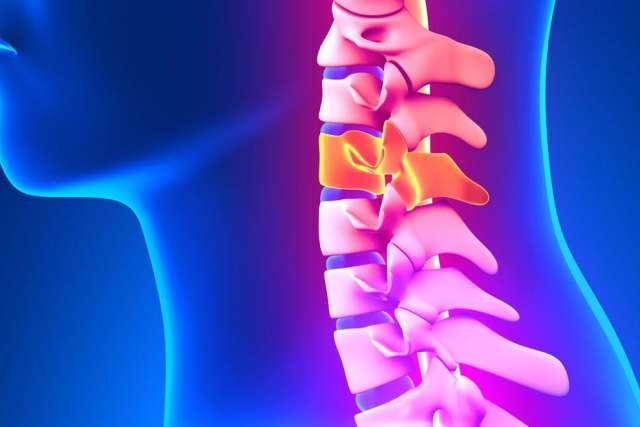Dear Doctors: A friend had to get one of his cervical discs replaced because it got damaged from surfing. He was surprised when his doctor said that getting a new disc is also why a constant itch along his right forearm finally went away. What’s the connection? Why would neck surgery fix that itch?
Dear Reader: You’re referring to a condition known as brachioradial pruritus. Pruritus is just a fancy word for itchiness. Brachioradial refers to the source of the itch -- a certain muscle located in the forearm. Known as the brachioradialis, it flexes the forearm at the elbow. Taken together, the term brachioradial pruritus refers to localized itching, tingling, burning or stinging sensations that run along the outer part of the forearm. It can affect one or both arms and, in rare cases, the itchiness can spread to the neck, shoulders and even the lower leg. The condition is more common in women than in men, particularly those with lighter skin tones, and it occurs most often between the ages of 45 and 65. Instead of irritants that directly affect the skin, the itchiness from this condition arises due to a nerve disorder. That’s why scratching the area won’t alleviate the itch. Some people with the condition have reported that scratching only makes the itchiness worse.
The exact cause of brachioradial pruritus isn’t quite clear. However, it’s generally understood to be related to spinal problems that affect the nerves that animate the arm. Conditions such as osteoarthritis, in which the cartilage of the joints wears away, or a herniated disc, as in your friend’s case, can lead to brachioradial pruritus. Sun damage appears to play a role, as well. Prolonged exposure to UV light from the sun, which can damage certain nerve fibers in the skin, may cause increasing sensitivity to sensations of pain and itch. Studies have indicated that people who take part in a lot of outdoor activities -- like tennis or golf, which expose them to the sun and, thus, to ultraviolet light -- may be at increased risk of developing the condition. Some theories suggest that brachioradial pruritus is caused by a combination of nerve damage and UV exposure.

Diagnosis includes a physical exam to pinpoint the location of the itching. This is usually followed by imaging tests, such as an MRI or an X-ray, to identify the presence of any spinal abnormalities. Treatments vary. Some people are helped by using ice packs on the affected areas. Topical products, such as cooling menthol creams or local anesthetic creams, may be prescribed. Physical therapy to stretch and strengthen the spine can also bring relief.
In your friend’s case, it appears that the herniated disc in his cervical spine had compressed a nerve. That, along with spending so much time in the sun while surfing, put him squarely in the at-risk category for the condition. In the course of replacing the damaged disc, his surgeon was able to release the pinched nerve, which allowed the maddening itch of brachioradial pruritus to abate.
(Send your questions to [email protected], or write: Ask the Doctors, c/o UCLA Health Sciences Media Relations, 10880 Wilshire Blvd., Suite 1450, Los Angeles, CA, 90024. Owing to the volume of mail, personal replies cannot be provided.)





